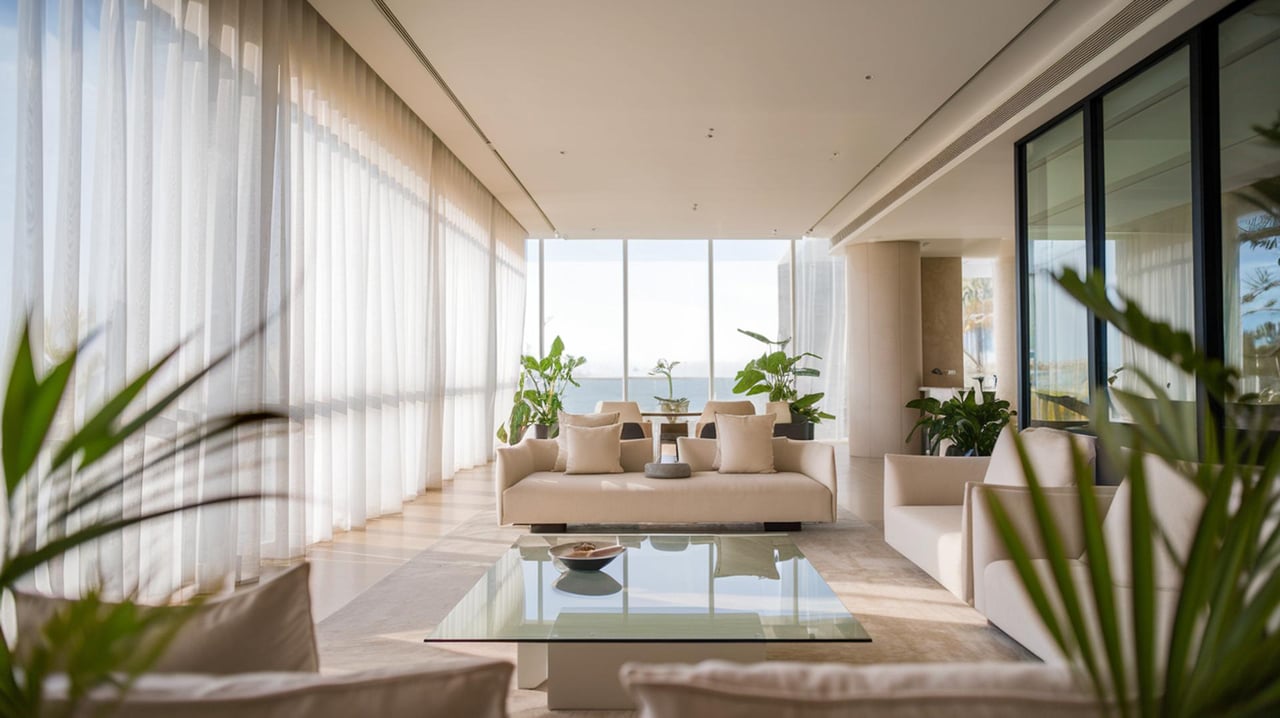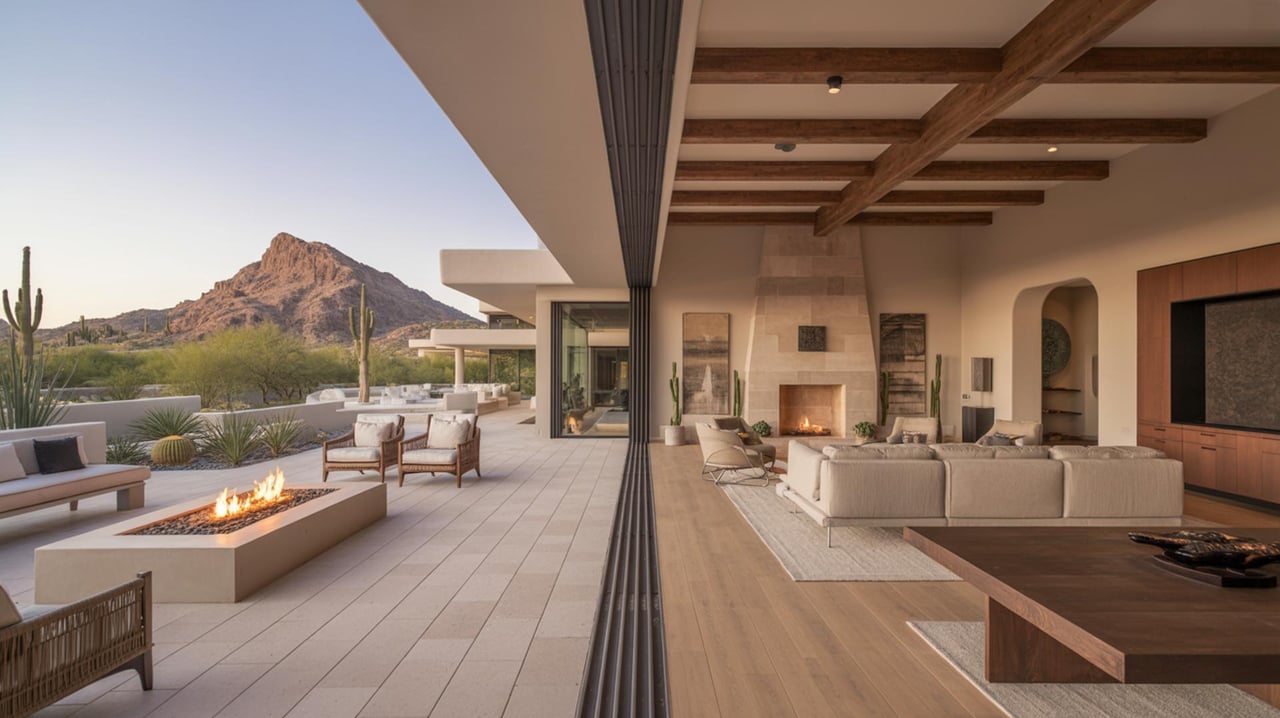Natural light has a transformative effect on living spaces, enhancing the ambiance and creating a welcoming environment. In homes across the globe, the strategic use of natural light can elevate the aesthetic appeal and functionality of a space. The benefits of harnessing natural light extend beyond mere aesthetics, influencing energy efficiency and overall comfort. Exploring various strategies to maximize natural light can lead to a brighter, more inviting home.
Understanding the Orientation of Your Home
The orientation of a home plays a crucial role in determining how much natural light it receives. Homes facing south typically enjoy more sunlight throughout the day, while north-facing homes may receive less direct sunlight. Understanding the orientation helps in planning window placements and selecting the right treatments to maximize light. For instance, east-facing windows capture morning light, which can be ideal for kitchens and breakfast areas, while west-facing windows provide warm afternoon light, perfect for living rooms and patios.
Choosing the Right Window Treatments
Window treatments can significantly impact the amount of natural light that enters a home. Opting for sheer curtains or blinds allows light to filter through while maintaining privacy. In contrast, heavy drapes can block light and make a room feel darker. Selecting the right materials and colors for window treatments can enhance natural light. Light-colored treatments reflect sunlight, brightening the space, while darker shades absorb light, making rooms appear dimmer.
Incorporating Skylights and Roof Windows
Skylights and roof windows are excellent additions for increasing natural light, especially in areas with limited wall space for traditional windows. These installations bring light from above, illuminating spaces like bathrooms, hallways, and attics. When planning for skylights, consider their placement to avoid excessive heat gain or loss. Modern skylights come with energy-efficient glazing options that minimize heat transfer, ensuring comfort throughout the year.
Using Mirrors to Reflect Light
Mirrors are a simple yet effective tool for amplifying natural light in a home. Placing mirrors opposite windows or in strategic locations can reflect light deeper into a room, creating a brighter atmosphere. Large mirrors can make small spaces feel more expansive, while mirrored furniture and decor add a touch of elegance. Experimenting with different mirror sizes and placements can optimize light reflection and enhance the overall aesthetic.
Selecting Light-Enhancing Paint Colors
The choice of paint colors can influence how light is perceived in a room. Light, neutral colors like whites, creams, and pastels reflect more light, making spaces feel airy and open. Darker colors, while stylish, can absorb light and make rooms feel smaller. When selecting paint, consider the room's purpose and the amount of natural light it receives. For spaces with limited light, opting for lighter shades can help maximize brightness.
Arranging Furniture to Maximize Light
Furniture placement can affect how light travels through a room. Avoid placing large, bulky furniture in front of windows, as it can block light and create shadows. Instead, arrange furniture to allow light to flow freely, enhancing the room's brightness. Low-profile furniture and open shelving can also help maintain an open feel, ensuring that light reaches all corners of the space. Thoughtful arrangement can create a harmonious balance between functionality and aesthetics.
Installing Glass Doors and Partitions
Glass doors and partitions are effective solutions for increasing natural light, especially in open-plan homes. They allow light to pass through while maintaining separation between spaces. Sliding glass doors leading to outdoor areas can blur the lines between indoors and outdoors, creating a seamless transition. Frosted or textured glass options provide privacy without sacrificing light, making them ideal for bathrooms and bedrooms.
Landscaping for Light
Outdoor landscaping can influence the amount of natural light entering a home. Trimming overgrown trees and shrubs near windows can prevent them from blocking sunlight. Additionally, selecting plants that thrive in sunlight can enhance the outdoor view and complement the interior's natural light. Thoughtful landscaping not only improves curb appeal but also ensures that indoor spaces receive ample light.
Leveraging Technology for Light Control
Modern technology offers innovative solutions for controlling natural light. Smart blinds and shades can be programmed to adjust throughout the day, optimizing light levels and energy efficiency. These systems can be controlled remotely, allowing homeowners to manage light even when away from home. Integrating technology with natural light strategies can enhance convenience and comfort, creating a dynamic living environment.
Creating Light Wells
Light wells are architectural features that bring natural light into lower levels of a home, such as basements or split-level designs. By creating an open space or shaft that extends from the roof or upper floors, light wells channel sunlight into otherwise dark areas. Incorporating reflective surfaces within the light well can further enhance light distribution. This approach not only brightens spaces but also adds architectural interest to the home.
Embrace the Bright Benefits
Bringing natural light into your home can transform your living space, making it feel more open and inviting. From boosting your mood to saving on energy costs, the advantages are clear and plentiful. If you're ready to explore how natural light can enhance your home, consider reaching out to a local expert. For personalized advice and guidance, contact Jerod T Johnson to discover the best ways to brighten your home.



